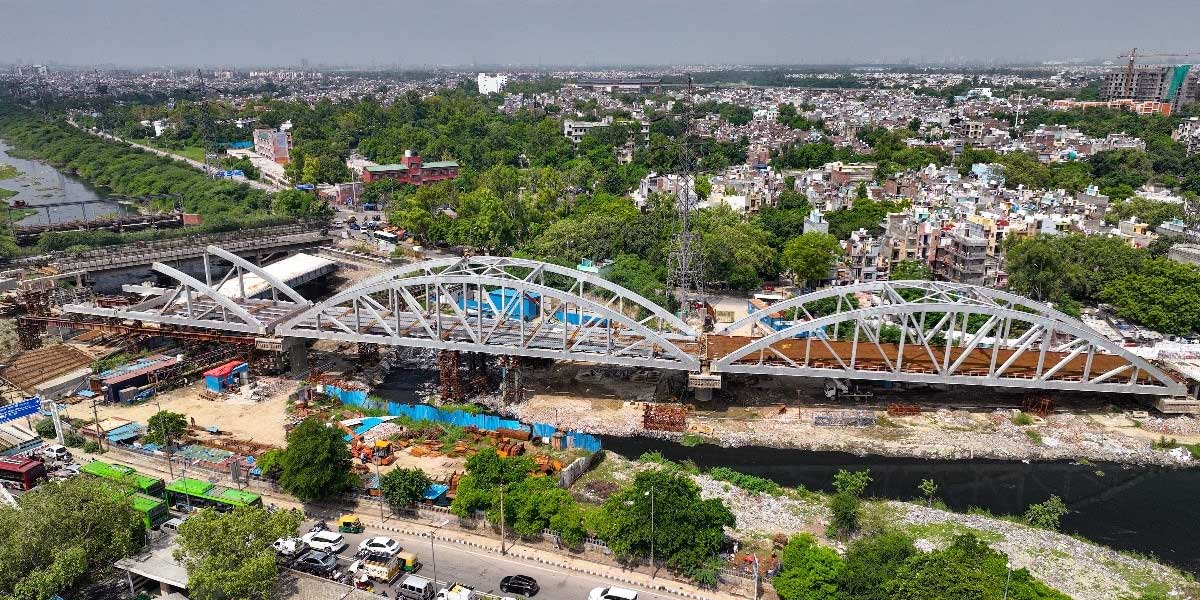
Delhi-Meerut RRTS Corridor: Innovative Steel Span Installations

Karnataka Bank Posts Rs 3.19 Bn Net Profit in Q2 FY26, Up 9% QoQ
Karnataka Bank has reported a quarterly net profit of Rs 3.19 billion for the quarter ended September 2025, marking a 9.1 per cent QoQ increase compared to Rs 2.92 billion in Q1 FY26. The Board of Directors approved the financial results for the quarter and half year at its meeting held in Mangaluru.For the half year ended September 2025, the Bank recorded a net profit of Rs 6.11 billion, compared with Rs 7.36 billion reported during the same period last year.In Q2 FY26, the Bank’s Net Interest Income (NII) stood at Rs 7.28 billion. Asset quality improved further, with Gross NPA reducing to ..

IndiQube Delivers Strong Q2 with Rs 280 Million PAT
IndiQube Spaces, one of India’s leading tech-enabled workspace solutions providers, announced its financial results for the quarter and half year ended 30 September 2025, delivering strong growth across revenue, profitability, and operational metrics.Commenting on the performance, Rishi Das, Co-founder & CEO, IndiQube, said, “Our growth momentum continues to strengthen as we posted our highest-ever half-yearly revenue of Rs 6.68 billion in H1 FY26. With 96 per cent of this revenue being recurring and operating cash flows rising to Rs 1.51 billion, we have built a strong foundation for ..

Rossell Techsys Announces Rs 3 Billion Fundraise
Rossell Techsys, a leading provider of high-reliability engineering and manufacturing solutions for the aerospace and defence sector, announced that its Board of Directors has approved a fundraise of up to Rs 3 billion. The capital will be raised through fully paid-up equity shares and/or other eligible securities, including a Qualified Institutions Placement (QIP), in accordance with applicable regulations.The Company is evaluating multiple avenues for organic expansion and anticipates strong growth across its existing business lines. The proposed QIP will enable Rossell Techsys to strengthen..
















